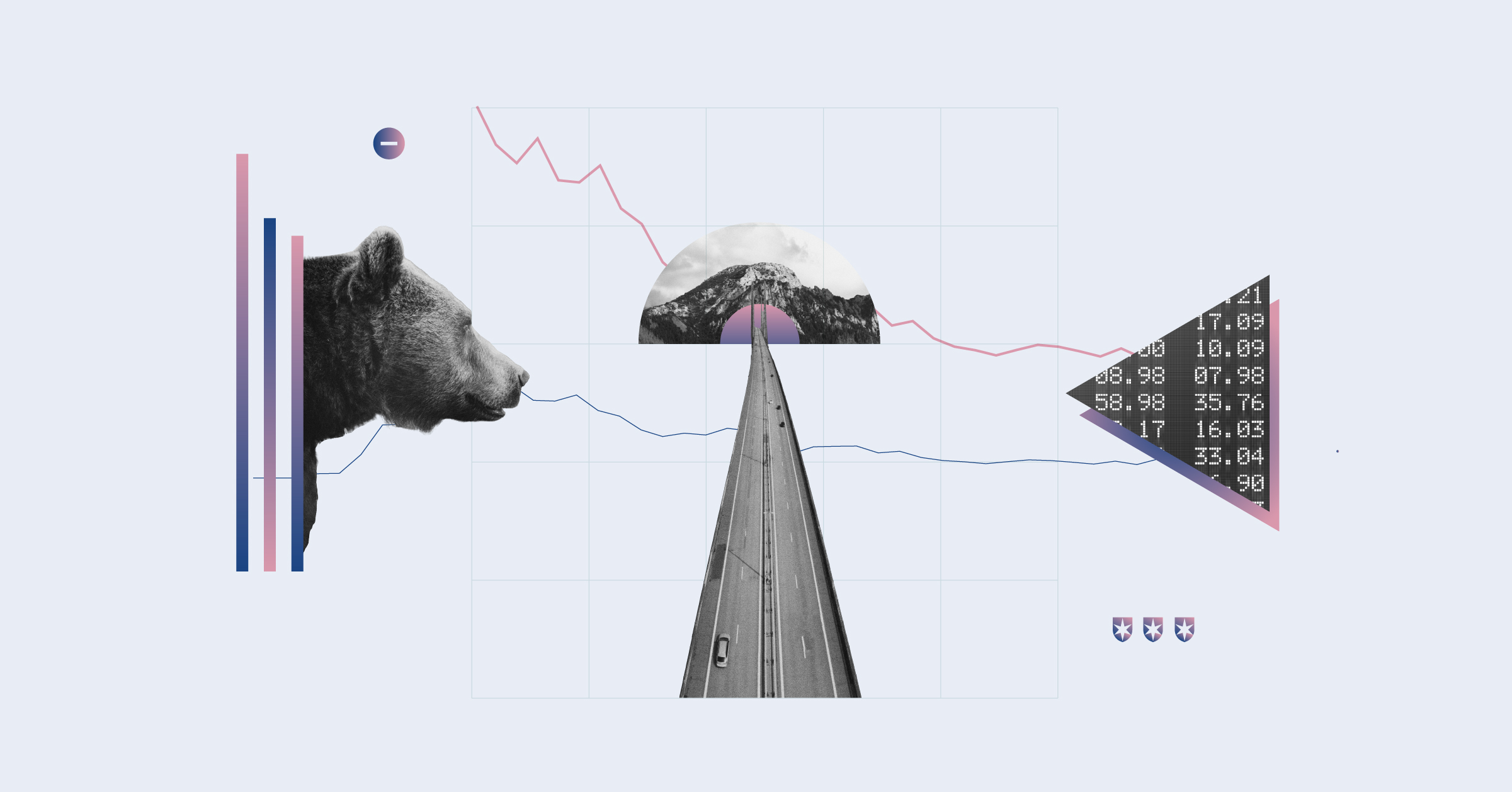
With millions of people leaving their jobs in what's being called the "Great Resignation," employee turnover remains a major concern for managers and executives throughout the country. After all, companies regularly note that people are their most important assets.
But given that these assets can walk out of the front door whenever they feel it's time to move on, investors in those same firms need to consider the risk of further flight on companies' economic value.
While digging into this issue can seem daunting given the limited transparency and quality of available data, investors don't have to be completely in the dark. This is ultimately a social issue, putting it squarely in the territory of environmental, social, and governance factors.
After extensively researching the management of the material ESG issues related to human capital, we found that there are some clear, data-based risk drivers that investors can use to identify those companies that are exposing themselves to further employee challenges, which would result in future harm to the bottom lines of the companies and their investors.
Starting Point: Labour Intensity and Labour Skill
Labour intensity, a company's reliance on labour to produce its goods and services, and labour skill are two of the most important factors to consider while anticipating any potential human capital risks that a company could face down the road.
Having a high concentration of employees relative to the revenue they bring in can increase the employees' bargaining power, and thus, the importance of labour to that company's success. The impacts of wage inflation, turnover, and productivity are magnified in companies with high labour intensity.
Calculating the revenue per worker, or how important workers are to the firm's revenue generation, can be a useful method of measuring labour intensity. A lower revenue-per-worker metric suggests each employee is more critical to revenue generation, highlighting the importance of labour relations versus companies with a higher measure.
Likewise, whether through education, certifications, or on-the-job learning, labour skill is another important factor when considering human capital risk. While these efforts expand the capabilities of a company's workforce, they also potentially increase compensation and training costs. In addition, higher needed skills reduce the potential pool of workers from the general population, making them more difficult to replace. Here, labour costs per worker can be used as a measurement for labour skill, as workers tend to be compensated more for rarer skills.
Unionization: A Risk and a Solution?
While labour intensity and labour skill establish the structure of the relationship between a company and its employees, workforce relations establish the condition of it. A strong relationship can support improved productivity, stabilize wage inflation, and avoid stoppages, while a weak relationship can lead to rising costs and falling productivity.
An important factor to consider when looking at workforce relations is the existence of unions. Traditional financial theory typically views unions as an opposing force to shareholders, leading to higher labour costs. And indeed, we find that companies with higher percentages of employees covered by unions have generated lower historical returns on invested capital and are less likely to have economic moats.
However, from a human capital risk perspective, the existence of unions could potentially lead to stability in workforce relations. We also note that we see some upside potential from higher unionization relating to work safety and employee development, which could arguably translate to positive financial outcomes.
How Gender Diversity Affects Turnover
With the structure and condition of a company's labour established, we look toward a company's diversity and culture to help assess the quality of the workforce itself. The potential relationship between diversity and value makes logical sense: Companies with more diverse workforces should bring more diverse solutions and offerings to the market. Furthermore, the labour landscape appears to be changing amid anecdotal evidence of workers' increased focus on a company's diversity progress when choosing where to work. Companies left behind could face higher labour costs, higher turnover, and lower productivity.
In our data analysis, we observe that gender diversity indeed correlates with lower employee turnover. However, this isn't in isolation. Instead, we find that the ratio of female employees in management positions compared with the total female workforce participation is a critical test that many companies are failing. It's not enough to simply hire a diverse employee base; it's also necessary to ensure upward mobility.
What Can You Do as an Investor?
Putting our key categories together, we find that some industries are more exposed to human capital risk than others. These industries include entertainment software, biotechnology, and investment banking. Moreover, we find that the highest-risk industries have seen greater average fines and settlements per labour-related incident over the past decade and face greater probability-weighted potential impacts to their fair value estimates from human capital risks, according to our equity analysts.
Given the unique nature of each company and industry, it's challenging to suggest a universal set of data that investors should push for. Nonetheless, there are many other pieces of potential useful information, including employee retention rates, the typical duration of job openings, average historical wage inflation, pay rates by demographic group, and the length and cost of training new employees. Our analysts push company management teams for this data, and we recommend investors do the same.
Above All, Price Remains Key
While some industries face greater human capital risk than others, we nonetheless find the that the market provides opportunities for long-term investment in both low-risk and riskier areas.
As one option, beer, wine, and spirits scored as a relatively low labour-intensive industry in our study, and Anheuser-Busch InBev's (BUD) wide Morningstar Economic Moat Rating should help the firm absorb any human-capital-related risks that may manifest. In our opinion, the stock screens as attractive, trading at a 34% discount to our US$90 fair value estimate.
Conversely, entertainment software faces our highest-risk categorization for labour intensity and labour skill, and also faces a poor gender diversity ratio versus other industries. Activision Blizzard (ATVI) may be the poster company to illustrate the ramifications of this high-risk exposure, with recent allegations of widespread sexual discrimination, harassment, and misconduct at the firm, specifically at Blizzard.
Despite recent executive and procedural changes at the company, we expect that the fallout from the lawsuit will linger and make it difficult to attract and retain top talent in a very competitive industry. But we nonetheless believe recent stock price declines have overemphasized this risk, and with a 30% discount to our US$97 fair value estimate, we believe the current quote offers an attractive entry point for long-term investors.





















